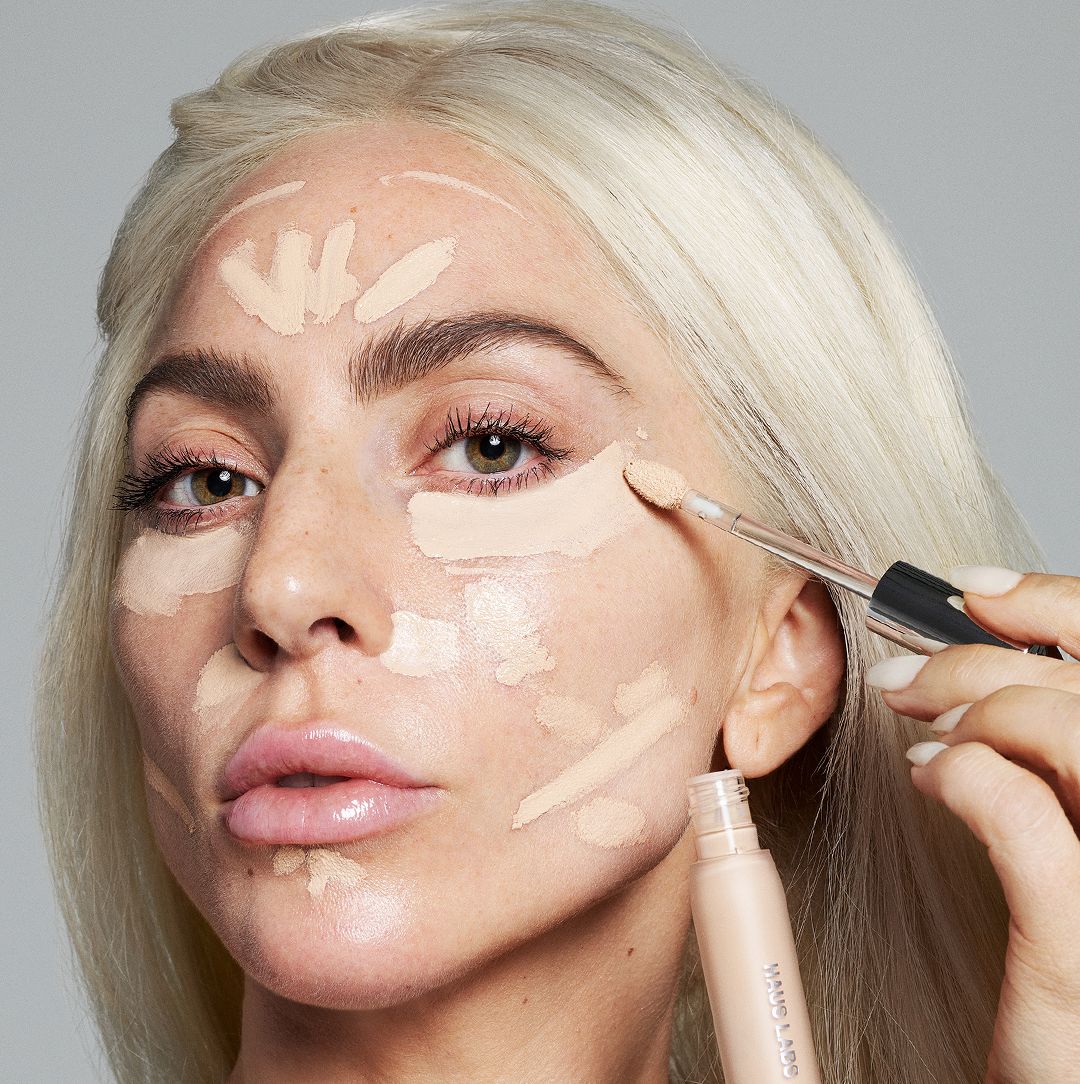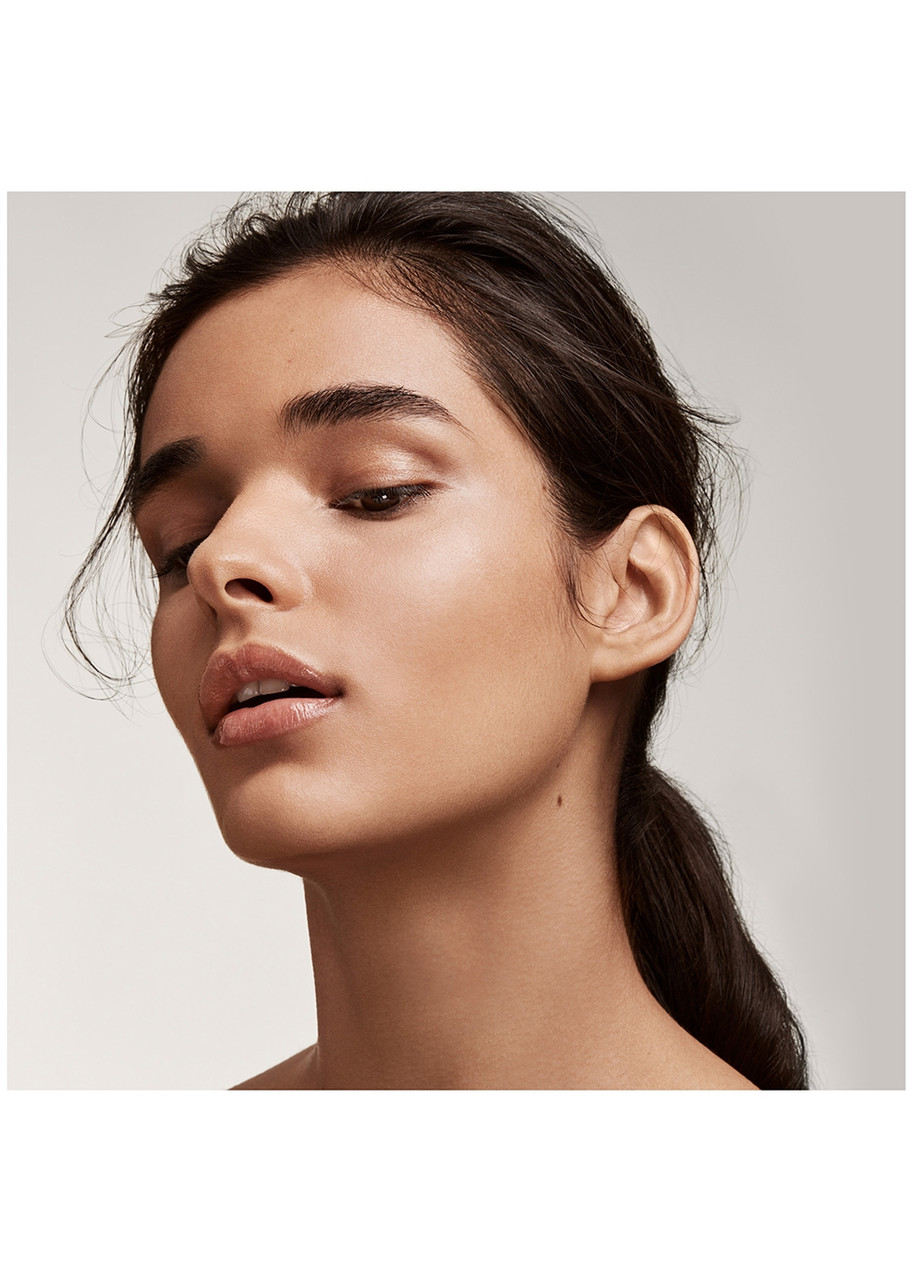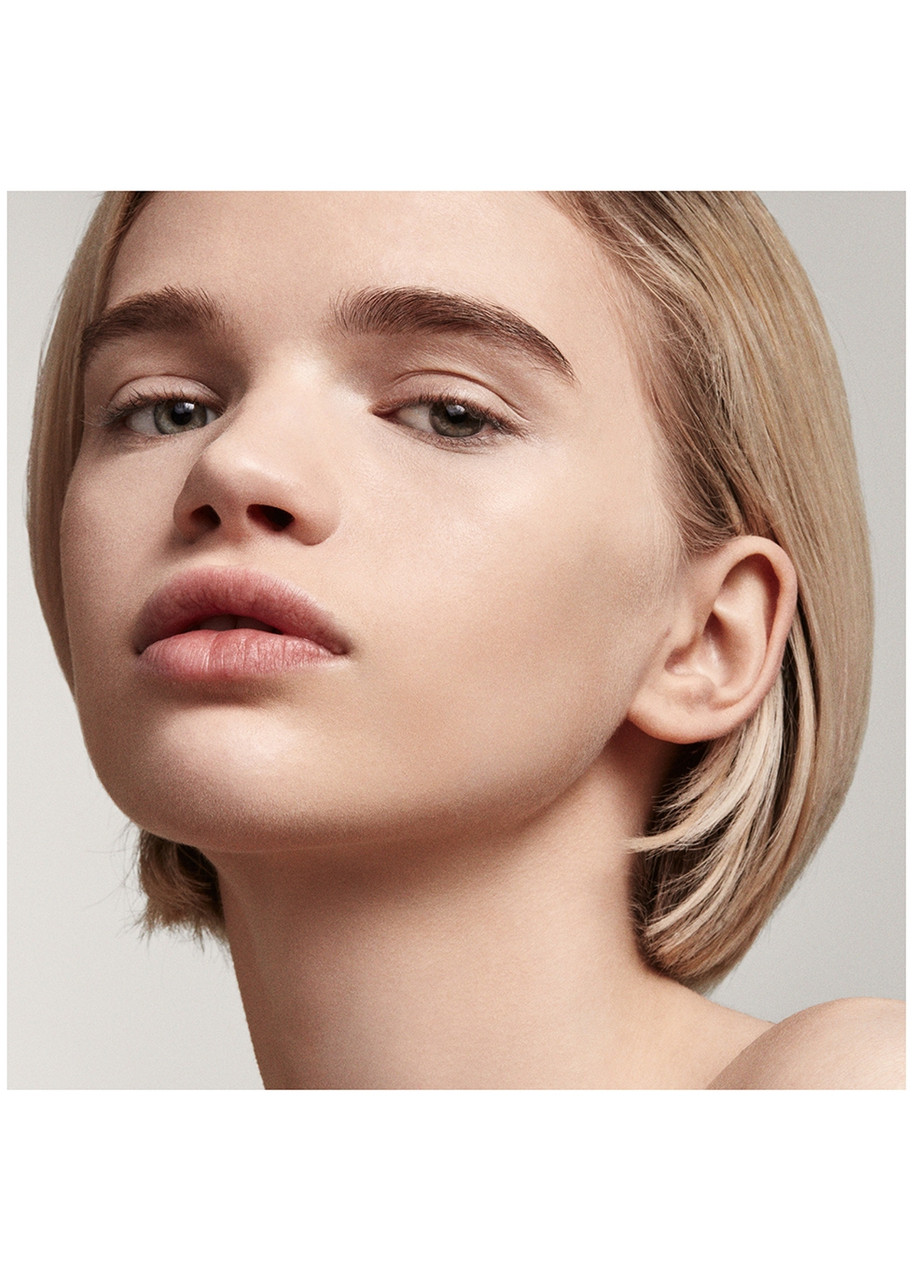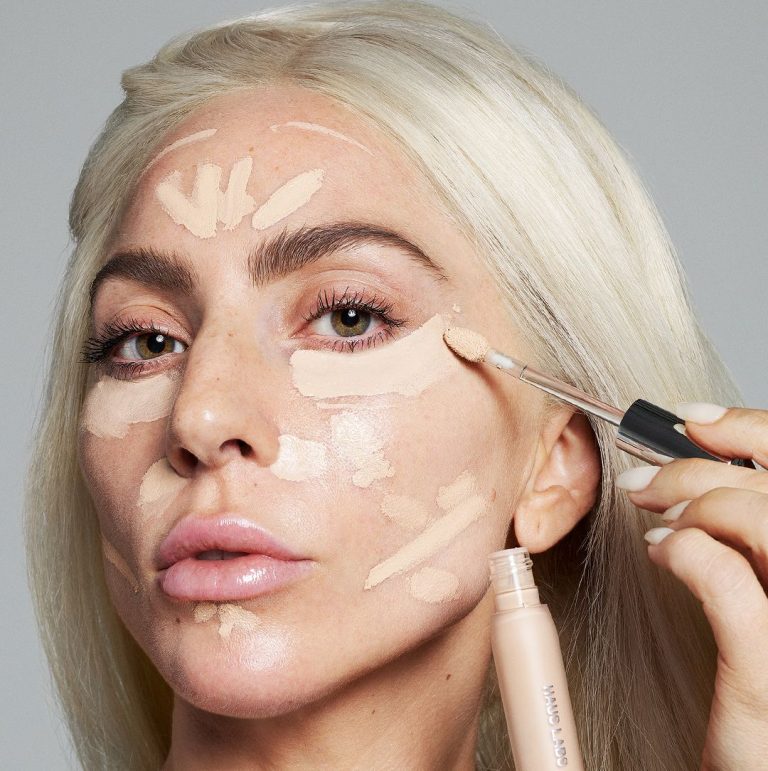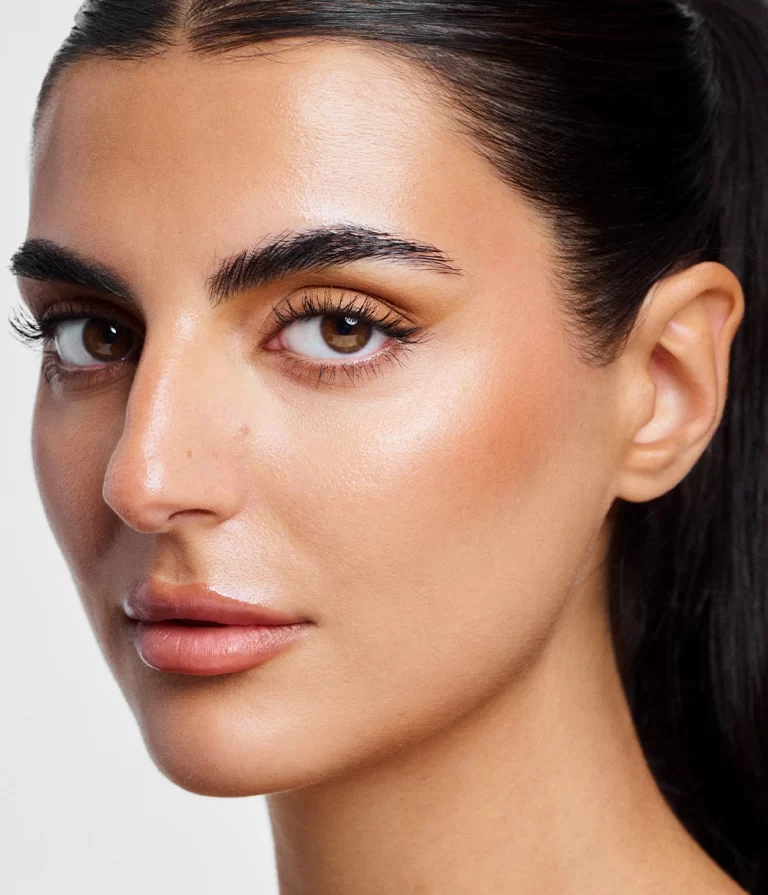
What Concealer Color Should I Use
Introduction
A. Importance of choosing the right concealer color for a flawless makeup look
Concealer is a powerful tool in any makeup routine, capable of hiding imperfections, brightening dull areas, and sculpting features. However, selecting the wrong shade can result in an unnatural, unflattering appearance that defeats the purpose of using concealer in the first place. Choosing the right color is crucial for achieving a seamless, flawless look that enhances your natural beauty.
B. Purpose: To guide readers in selecting the best concealer shade based on their skin tone and specific concerns
In this comprehensive guide, we’ll explore the art of selecting the perfect concealer color to match your unique skin tone and undertone, as well as address various concerns such as dark circles, redness, and blemishes. By following these tips and techniques, you’ll be able to choose the ideal concealer shades that blend seamlessly with your complexion and create a polished, natural-looking finish.
Understanding Skin Tones and Undertones
A. Definition and explanation of warm, cool, and neutral undertones
Before delving into concealer shades, it’s essential to understand the concept of skin tones and undertones. Skin tones can be categorized into three broad categories: warm, cool, and neutral. Warm undertones have a yellow or golden hue, while cool undertones have a pink or blue-based tone. Neutral undertones fall somewhere in the middle, with a balance of warm and cool tones.
B. How to determine your own skin tone and undertone
To determine your skin’s undertone, examine the veins on the inside of your wrist.If they appear green, you have a warm undertone. If the veins are not easily distinguishable, you may have a neutral undertone. Another helpful tip is to observe whether your skin responds better to gold or silver jewelry – gold tends to complement warm undertones, while silver flatters cool undertones.
Choosing Concealer for Dark Circles and Under-Eye Bags
A. Explanation of why peach, orange, or salmon shades work for dark circles
Dark circles and under-eye bags can be challenging to conceal, as they often have a bluish or purplish tint. To counteract these discolored tones, you’ll want to choose a concealer with a peach, orange, or salmon undertone. These warm hues effectively neutralize the cool tones found in dark circles, helping to create a brighter, more even-toned appearance.
B. Matching concealer to your under-eye area’s undertone
When selecting a color-correcting concealer for dark circles, consider your under-eye area’s undertone. If you have warm undertones, opt for a peachier shade, while those with cool undertones should lean towards a more salmon or orange-based concealer. Neutral undertones can choose a shade somewhere in between.
C. Layering techniques with skin-tone-matching concealer
Once you’ve applied the color-correcting concealer to neutralize dark circles, layer a concealer that matches your skin tone directly on top. This creates a smooth, even base and helps to further brighten and conceal the under-eye area. Use a damp makeup sponge or brush to blend the two concealer shades seamlessly.
Correcting Redness and Blemishes
A. The role of green-tinted concealers for neutralizing redness
Redness and blemishes can be effectively camouflaged using a green-tinted concealer. The green shade acts as a color corrector, neutralizing the red tones in the skin and creating a more even complexion. This is particularly useful for covering acne, rosacea, or any other areas prone to redness.
B. Selecting a concealer shade close to your foundation color for blemishes
Once you’ve applied the green-tinted concealer to neutralize redness, it’s essential to follow up with a concealer that matches your foundation shade. This helps to blend the corrected area seamlessly with the rest of your complexion. Choose a concealer that is close to your skin tone and undertone, but slightly lighter in shade to help brighten blemished areas.
C. Techniques for blending and layering corrector and concealer
To achieve a natural-looking result when covering blemishes and redness, start by applying a small amount of the green-tinted concealer directly onto the affected area. Use a small, precise brush or the tip of your ring finger to gently dab and blend the corrector into the skin. Once the redness has been neutralized, follow up with your skin-tone-matching concealer, using a damp makeup sponge or brush to blend the edges seamlessly into your foundation.
Highlighting and Contouring with Concealer
A. Lighter shades for highlighting areas you want to brighten
Concealer can also be used as a highlighting tool to brighten and sculpt specific features. For highlighting, choose a concealer shade that is one to two shades lighter than your skin tone. This will create a subtle, luminous effect on areas where you want to draw attention, such as the cheekbones, brow bones, and the center of the forehead.
B. Deeper shades for contouring and adding dimension
Conversely, a concealer that is one to two shades darker than your skin tone can be used for contouring and adding depth to certain areas. Apply the deeper shade strategically along the hollows of the cheeks, the sides of the nose, and the jawline to create the illusion of shadows and dimension.
C. Choosing the right undertone for highlighting and contouring products
When selecting concealers for highlighting and contouring, it’s important to consider the undertone as well as the shade depth. For a natural-looking contour, choose a concealer with a cool or neutral undertone to mimic the appearance of natural shadows. For highlighting, opt for a warm or neutral undertone to create a radiant, sun-kissed effect.
Matching Concealer to Foundation
A. Ensuring seamless blend between foundation and concealer
To achieve a flawless, uniform complexion, it’s crucial to select a concealer that harmonizes with your foundation shade. While the concealer may be slightly lighter or darker than your foundation, the undertone should be a close match to ensure a seamless blend between the two products.
B. Tips for when to choose a shade lighter or darker than your foundation
As a general rule, you’ll want to choose a concealer shade that is slightly lighter than your foundation to help brighten and conceal imperfections. However, if you’re using concealer to contour or add definition, a shade that’s slightly deeper than your foundation can be beneficial. Experiment with different depths to find the perfect balance for your desired look.
C. Considerations when using different formulas (liquid vs. cream)
It’s important to note that different concealer formulas may appear slightly different in terms of depth and undertone. Cream-based concealers tend to look more opaque and provide more coverage, while liquid formulas can appear sheerer. Take into account the formula you’re using when selecting the perfect shade match.
Personalized Shade Selection Guide
A. Step-by-step process for selecting the perfect concealer shade
To summarize, here is a step-by-step process for selecting the ideal concealer shade for your unique needs:
1. Determine your skin’s undertone (warm, cool, or neutral).
2. Choose a color-correcting concealer to address specific concerns (peach/orange for dark circles, green for redness).
3. Select a concealer that matches your skin tone and undertone for general coverage and blending.
4. For highlighting, go one to two shades lighter (warm or neutral undertone).
5. For contouring, choose one to two shades deeper (cool or neutral undertone).
B. Swatching tips and trying before buying
When testing out new concealer shades, always swatch the product on your jawline or neck to see how it blends with your skin. Observe the color in natural light to get an accurate sense of the undertone and depth. Don’t be afraid to try multiple shades in-store or request samples before committing to a full-size product.
C. Adapting to seasonal changes in skin tone
Remember that your skin tone can shift slightly throughout the year, so it’s important to reassess your concealer shades periodically. During the warmer months when your skin may deepen, consider choosing a slightly darker concealer shade to maintain a seamless match.
FAQs and Common Misconceptions
A. Debunking myths about concealer colors
There are numerous misconceptions surrounding concealer shades, such as the myth that you should always choose a concealer two shades lighter than your skin tone. This one-size-fits-all approach can often lead to an ashy, unnatural-looking complexion. The key is to consider your individual skin tone and undertone, as well as the specific concerns you’re addressing, to find the perfect concealer shade.
B. Addressing concerns like oxidation and product settling
Some individuals may notice that their concealer appears to oxidize or change color throughout the day. This can be due to the product’s interaction with your skin’s natural oils and environmental factors. To combat oxidation, set your concealer with a finely milled powder and use a setting spray to help lock everything in place. If you notice product settling into fine lines or creases, try using a hydrating primer or setting spray to create a smoother canvas for application.
C. Tips for mixing and customizing concealer shades
Don’t be afraid to mix and customize concealer shades to achieve your perfect match. If you find that a single shade isn’t quite right, try blending two shades together on the back of your hand before applying. You can also layer different concealers to create a personalized color that suits your needs. Experimenting and customizing is key to finding the ideal concealer color for your unique complexion.
Conclusion
A. Recap of key takeaways for selecting the ideal concealer color
In conclusion, choosing the right concealer color is essential for achieving a flawless, natural-looking makeup application. By understanding your skin’s undertone, addressing specific concerns with color-correcting concealers, and selecting shades that match your foundation, you can create a seamless, even complexion. Remember to consider the purpose of the concealer (brightening, contouring, or general coverage) when selecting shades, and don’t be afraid to mix and customize to find your perfect color match.
B. Encouragement for experimentation and personalization in makeup routines
Makeup should be a form of self-expression and enhancement, not a rigid set of rules. Embrace the process of experimentation and personalization to find the concealer colors and techniques that work best for your unique features and preferences. With practice and a willingness to explore, you’ll discover the power of concealer to create a flawless, radiant complexion that accentuates your natural beauty.
